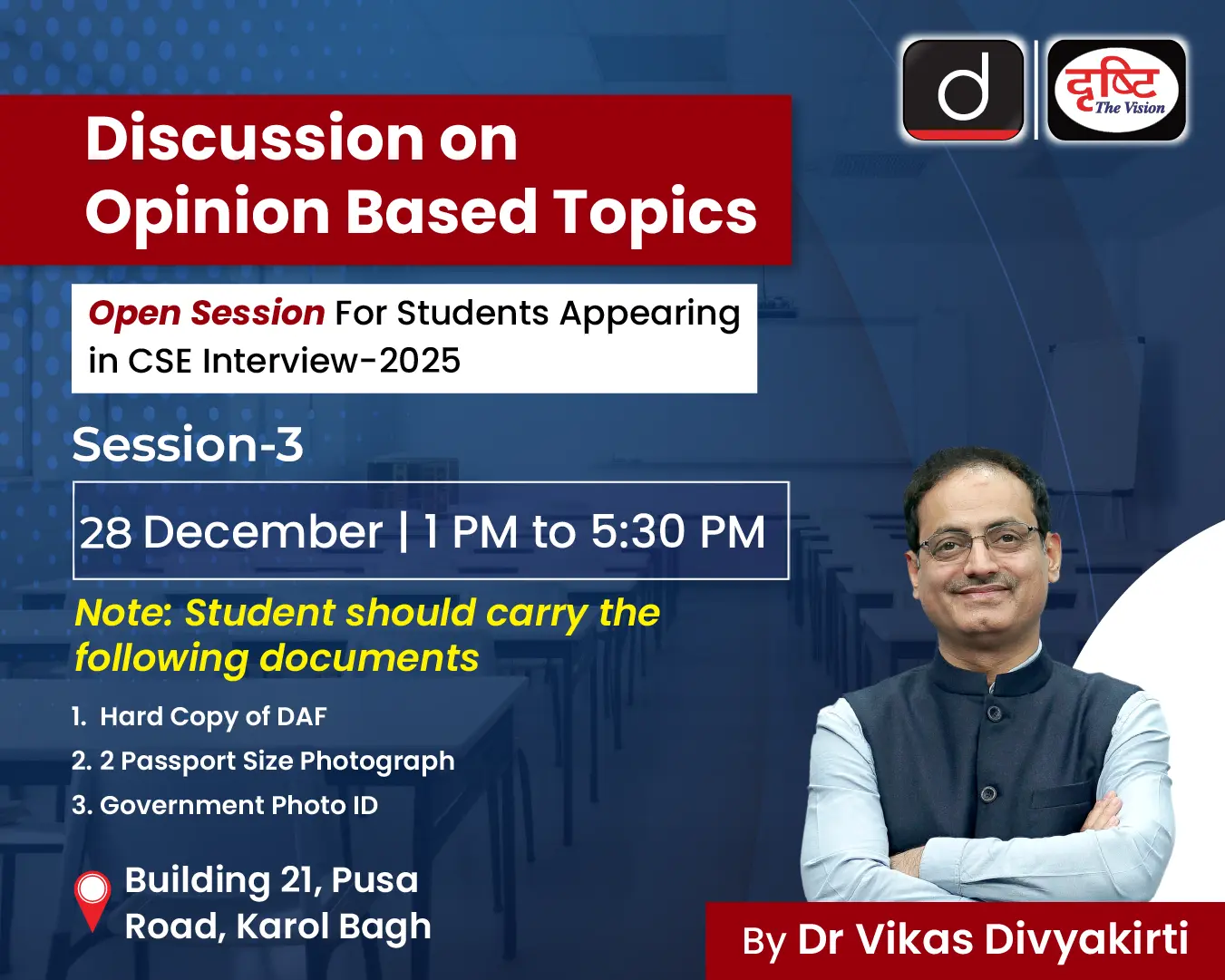-
Q. ISRO’s role has been impeccable in making India a global space power, however, there are many challenges and opportunities in the new space age that ISRO needs to address. Discuss. (250 words)
11 Sep, 2019 GS Paper 3 Science & TechnologyApproach
- Briefly mention about ISRO’s role in making India a global space power.
- Explain ‘new space age’ and mention the challenges and opportunities for ISRO.
- Conclude by mentioning the need for regulation in space sector.
Introduction
It is only because of ISRO’s success that India is now acknowledged as a space power in the world. ISRO has delivered many projects serving military as well as socio-economic and commercial needs of India.
The major focus areas of space based programmes are satellite communication (INSAT, GSAT), earth observation (Indian Remote Sensing, Geographical Information Systems), satellite-aided navigation (NavIC - Navigation with Indian Constellation), deep space probes (Chandrayaan, Mangalyaan missions), etc.
Body
There is emergence of ‘new space age’ which is used to refer to a global sector of new aerospace companies and ventures working independently of governments to develop faster, better, and cheaper access to space for commercial purposes.
Opportunities in the new space age
- Despite ISRO’s impressive capabilities, India’s share in global space industry is estimated at $7 billion (just 2%) covering broadband, DTH television, satellite imagery and navigation. ISRO has significant potential to take lead in the emerging space application services.
- With developments in AI and Big Data Analytics (Industrial Revolution 4.0), several startups have mushroomed, which seek value to explore end-to-end services in the B2B and B2C segments using new space.
- The New Space start-ups discern a synergy with government’s flagship programmes like Digital India, Startup India, Skill India and schemes like Smart Cities Mission.
- There is an emerging market for small satellite launch vehicles. Globally, 17,000 small satellites are expected to be launched between now and 2030. ISRO is developing a small satellite launch vehicle (SSLV) expected to be ready in 2019.
- Further, with the coming up of Defence Space Agency and a Defence Space Research Organization, ISRO could now actively embrace an exclusively civilian identity.
Challenges
- Absence of regulatory clarity for the startups working in the space sector.
- With plans for space tourism in the future, there is risk of new space race by the private sector for commercial exploitation of the space sector.
- The Outer Space Treaty bars only state parties to the treaty form weaponization of outer space. Some irresponsible states may use private entities for illegitimate ends in the emerging domain of ‘Astro-politics’.
- There is a significant increase in capabilities of states in the global satellite launch missions. This has led to a risk of exponential increase in space junk from satellites which are no longer functional.
- Anti-Satellite Weapons (ASAT) poses a huge risk to future space flights.
Conclusion
So with increasing competition, complexity and demand for space-related activities, there is a growing realisation that national legislation is needed to ensure overall growth of the space sector. A New Space law for India should aim at facilitating growing India’s share of the global space economy to 10% in the coming decade.
To get PDF version, Please click on "Print PDF" button.
Print PDF





